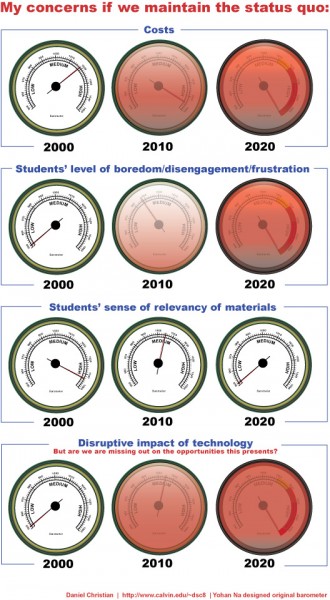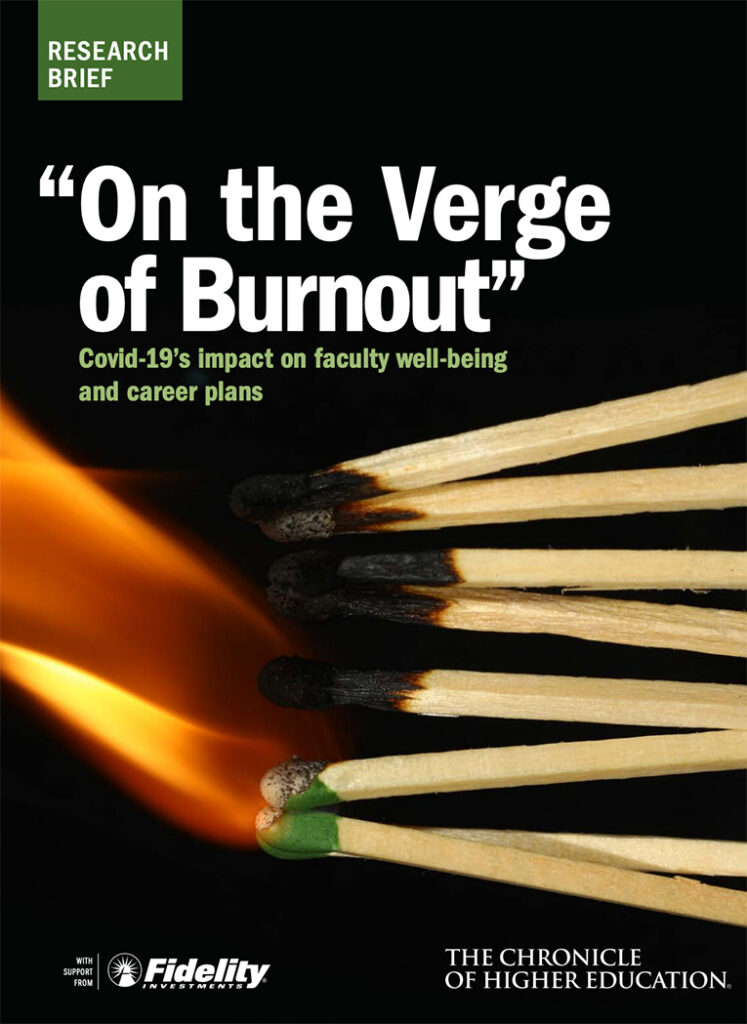Have you followed our NEW Twitter list of cognitive scientists yet? #retrievalpractice https://t.co/aXYIblZ37Y
— Retrieval Practice (@RetrieveLearn) June 7, 2022
What I Learned When Visiting a Colleague’s Hybrid Class — from edsurge.com by Bonni Stachowiak (Columnist)
Excerpt:
Though I usually use this space to offer answers to teaching advice questions from professors, I wanted to try something different. So for my next few installments, I’m writing letters to people who have exemplified what it means to be an effective teacher. This column, the first in the series, is to my friend and colleague, Elizabeth Powell. Her discipline is psychology and she invited me to come observe one of her final classes at our university.
10 Best Web Highlighters for Desktop in 2022 — from hongkiat.com by Kei Watanabe
Excerpt:
Have you used any web highlighters? It helps us improve our productivity by copying and pasting important texts you’ve found online automatically, saving good articles in your directory, and highlighting important sentences on articles so that you can remember them when looking back.
In this article, I’ll introduce you to 10 useful web highlighters for the desktop. All these tools offer different features and you can read about each tool in detail in the following.
The Pandemic’s Lasting Lessons for Colleges, From Academic Innovation Leaders — from edsurge.com by Nadia Tamez-Robledo, Rebecca Koenig, and Jeffrey R. Young
Excerpts:
“Universities are in the business of knowledge, but universities do a very poor job of managing their own knowledge and strategy,” says Brian Fleming, associate vice chancellor of learning ecosystem development at Northeastern University. “You may have faculty members who study organizational development, but none of that gets applied to the university.”
…
University leaders should learn to think more like futurists, he argues, working to imagine scenarios that might need planning for but are beyond the usual one-year or five-year planning cycles.
The pandemic prompted more faculty to ask the question, “What do we actually want to use class time for?” says Tyler Roeger, director of the center for the enhancement of teaching and learning at Elgin Community College. And the answer many of them are landing on, he adds, is: “Actual face-to-face time can be dedicated to problem-working, and working in groups together.”
4 Online Tactics to Improve Blended Learning — from campustechnology.com by Megan Burke, CPA, Ph.D.
An accounting professor shares how best practices from online pedagogy have helped her create a blended learning environment that supports student success.
Excerpts:
Now that students are back in the classroom, I have been combining these tactics with in-person instruction to create a blended learning environment that gives my students the best of both worlds.
The right activities, on the other hand, can make a significant difference. For example:
- Breakout rooms (for think/pair/share);
- Polls and quizzes that are low-stakes and anonymous to encourage full engagement;
- Using the whiteboard option; and
- Having reviews of material at the end of class.
I also encourage faculty (and myself!) to get out and meet with employers and ask what we can do to better prepare students, so that we can get a better feel for what first-year staff really need to know — and ensure that we present that knowledge and information in the classroom.
Why Improving Student Learning is So Hard — from opencontent.org by David Wiley
Excerpt:
2. Student behavior will normally change only in response to changes in faculty behavior – specifically, the assignments faculty give and the support faculty provide.
For many students, the things-they-do-to-learn are all located within the relatively small universe of things their faculty assign them to do – read chapters, complete homework assignments, etc. For a variety of reasons, and many of them perfectly good reasons, “students don’t do optional” – they only do what they’re going to be graded on.
Therefore, students will likely engage in more effective learning behaviors ONLY IF their faculty assign them more effective learning activities. Faculty can further increase the likelihood of students engaging in more effective learning activities if they support them appropriately throughout the process.
From DSC:
I can put an “Amen” to the above excerpt. For years I managed a Teaching & Learning Digital Studio. Most of the students didn’t come into the Studio for help, because most of the faculty members assigned the normal kinds of things (papers, quizzes, and such). Had there been more digitally-created means of showing what students knew, there would have been more usage of the T&L Digital Studio.
Also, if we want to foster more creativity and innovation — as well as give our learners more choice and more control over their learning — we should occasionally get away from the traditional papers.
Another comment here is that it’s hard to change what faculty members do, when Instructional Designers can’t even get in the car to help faculty members navigate. We need more team-based efforts in designing our learning experiences.
The Future of Work Is Flexible. Will Higher Ed Stay Stuck in the Past? — from edsurge.com by Kevin R. McClure (Columnist)
Excerpt (emphasis DSC):
We know that institutions are capable of making big changes. We pivoted in March 2020, then again in fall 2020, then again in fall 2021. Institutions have achieved things in the last two years that some considered unimaginable. Faculty and staff want to see that type of willpower and creativity directed at working conditions and cultures. They want the type of “reimagining” the Future of Work@Iowa report promised but didn’t deliver.
In a city full of adjunct faculty members, many struggle to get by — from washingtonpost.com by Lauren Lumpkin; with thanks to Ray Schroeder for this resource
Adjuncts across the region are protesting what they say are unfair working condition
7 Ways the Pandemic Changed Faculty Development — from er.educause.edu by Amy Kuntz, Sara Davis and Erica Fleming
Pandemic lessons about faculty development should be understood and factored into future offerings.
Excerpt (emphasis DSC):
Regarding this perspective shift, conference session participant Lindsay Wood, manager of instructional design at Penn State Abington, stated, “When reflecting on the impact of pandemic teaching, those of us working in faculty development and learning design know that there has never been and likely will never be another opportunity to upskill faculty and improve teaching and learning so broadly. It’s important … to really take a deep dive into how we meet the moment and ensure the positive changes are lasting. It would be a shame to squander a once-in-a-lifetime opportunity to adopt innovative practices because we didn’t adequately identify the lessons learned and apply them to the future.” This seemed to resonate with many participants; they want to see the positive changes from the past two years integrated at an institutional level.
Is Hybrid Learning Here to Stay in Higher Ed? — from edsurge.com by Daniel Lempres
State of Continuing Education 2022 — from resources.moderncampus.com; with thanks to Amrit Ahluwalia for this resource
Universities Share Lessons Learned from Ransomware Attacks — from edtechmagazine.com by Chris Hayhurst
Universities that faced security breaches share advice from their experiences.











